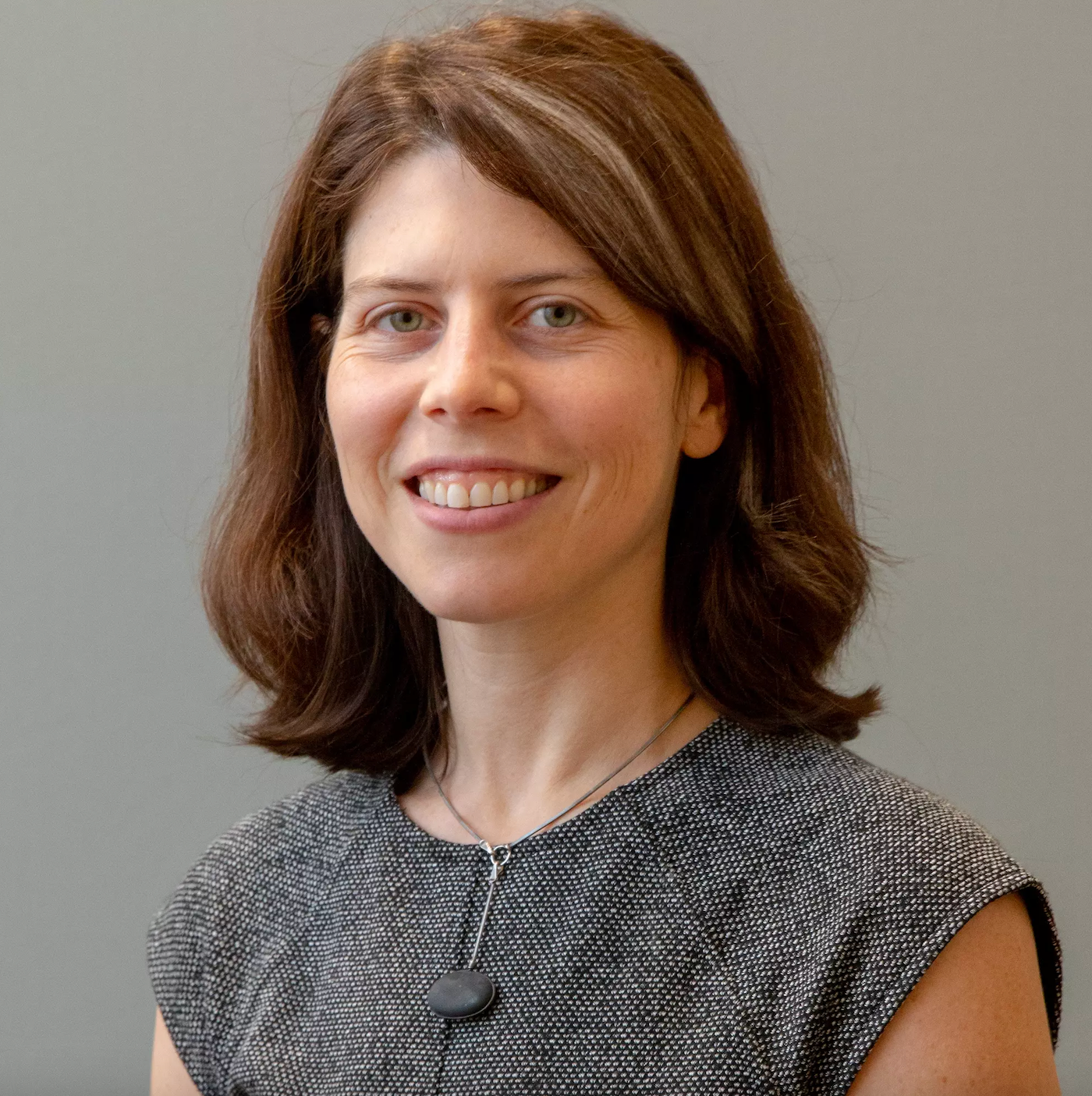The Growing Advanced Practice Professional Workforce Counteracts Consistent Decline of Physicians
New data revealed the amount of collective physician work hours in the US has been consistently declining for 20 years.
Anna L. Goldman, MD, MPA, MPH

The amount of collective physician work hours in the US has been consistently declining for 20 years. According to results from a new investigation, the physician workforce has dropped below the population growth.
However, the rapid increase in working hours done by advanced practice professionals (APPs) has been countering the decrease in those of physicians. Prior to this study, this aspect of healthcare was seldomly evaluated.
Anna Goldman, MD, MPA, MPH, Section of General Internal Medicine, Boston University School of Medicine, Boston Medical Center, and a team of investigators set to collect these data in an effort to understand the quickly evolving health care labor market with potential to inform policy.
A Novel Analysis
The population of the cross-sectional study gathered relative information on active physicians in the US from January 2001-December 2021 based on those that were included in the Current Population Survey.
Investigators compared this population with APPs, and non physicians with doctoral degrees before implementing generalized linear models to estimate difference in time trends for weekly work hours across groups.
For the main outcome, investigators defined physician and APP workforce size by the number of clinicians actively working in the field, 3-year moving averages of weekly work hours by individual physicians, and weekly hours contributed by each workforce per 100,000 US residents.
The Rise of Advanced Practice Professionals
From 2001 to 2021, the number of active physicians increased 32.9%, but declined 6.7% after its peak in 2019. Within the 20-year time period, the highest number of active physicians was 989,684, according to the data. By 2021 that number dropped to 923,419.
Rural areas were particularly affected by the loss of physicians with a 9.7% decrease in work hours. However, the primary factor for the decrease came from male physicians, especially fathers (11.9%), lowering the average decline in hours to 7.6% for the study population. Conversely, physician mothers showed a 3% statistically significant increase in work hours and represent the only subgroup to have a significant difference in this direction.
"The gap in physician work hours between men and women narrowed considerably, with diverging potential implications for gender equity," investigators reported. "Increasing physician retirement combined with a drop in active physicians during the COVID-19 pandemic may further slow growth in physician workforce hours per capita in the US."
The study, "Changes in Physician Work Hours and Implications for Workforce Capacity and Work-Life Balance, 2001-2021" was published in JAMA Internal Medicine.